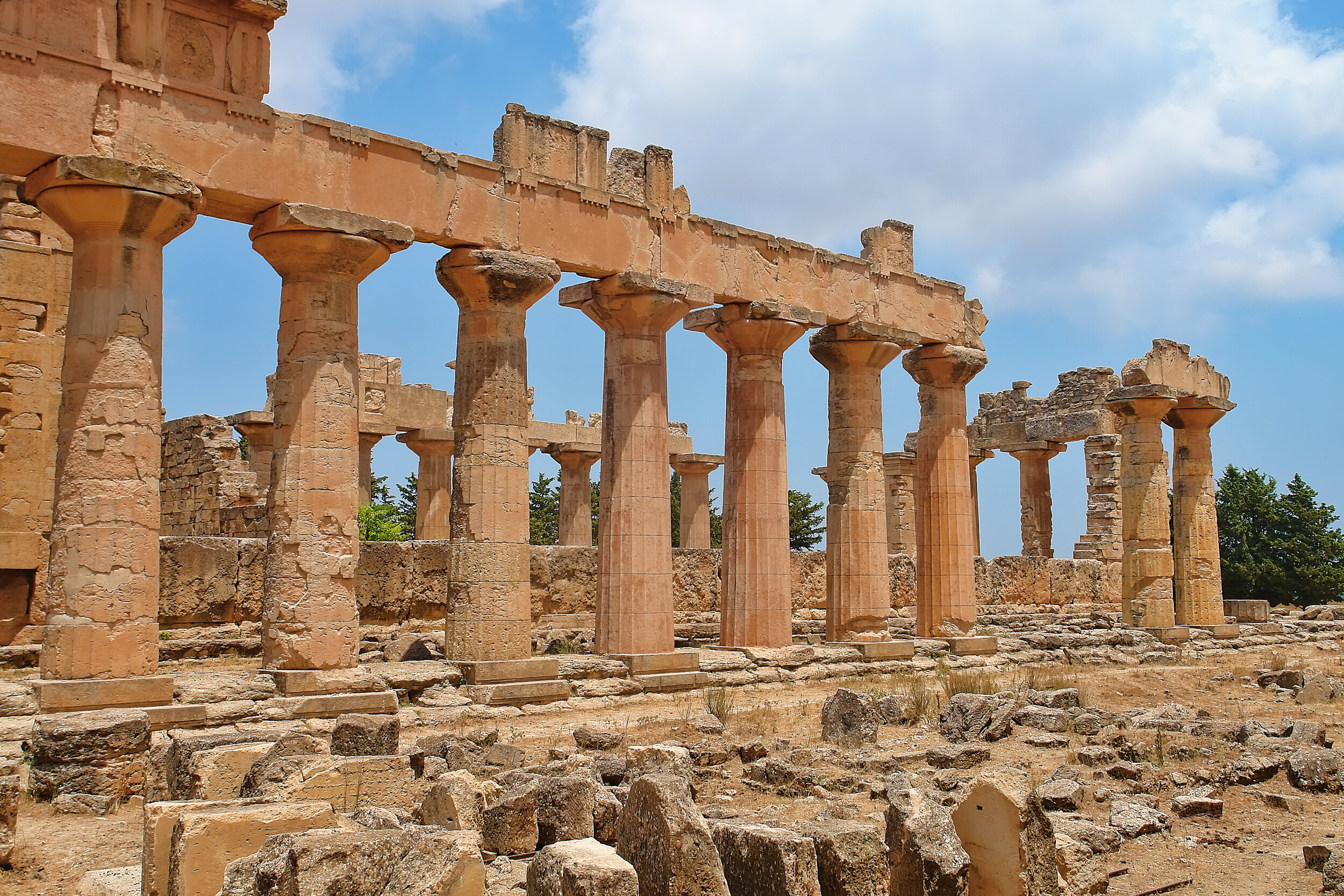THE agora of cyrene
conservation project
Annually, the Libyan Heritage House runs a campaign to raise funds for a dedicated preservation and restoration project of national significance. Libyan Heritage House’s 2022 Libyan conservation initiative is the preservation of the Agora archeological site of Cyrene in the Green Mountain region of Cyrenaica, Libya. We are pleased to announce that we have partnered with the Immortal Libya Organization to support and sponsor their efforts to preserve this important UNESCO World Heritage Site.
About the CYRENE Agora Conservation Initiative
In 2017, UNESCO added Cyrene to its list of World Heritage in Danger due to its vulnerability to ongoing destruction, vandalism and theft in the wake of regional instability which has plagued Libya. The archeological ruins of the Agora at Cyrene have been left without proper security and regulated entry, resulting in the improper maintenance of these priceless archeological relics and continued defacement and destruction by trespassers.
With the support of the Libyan Heritage House of the National Council for Libyan US Relations, the highly qualified and motivated team at the Immortal Libya Organization will be undertaking this important 2022 project for the clean-up, preservation and security of the Agora archeological site of Cyrene. The project will see the team undertake the important tasks of: (i) rectification and surface cleaning works to remedy damage caused by vandalism; and (ii) the installation of a secure perimeter and security system, to deter further authorized access and potential vandalism.

Agora Conservation Project
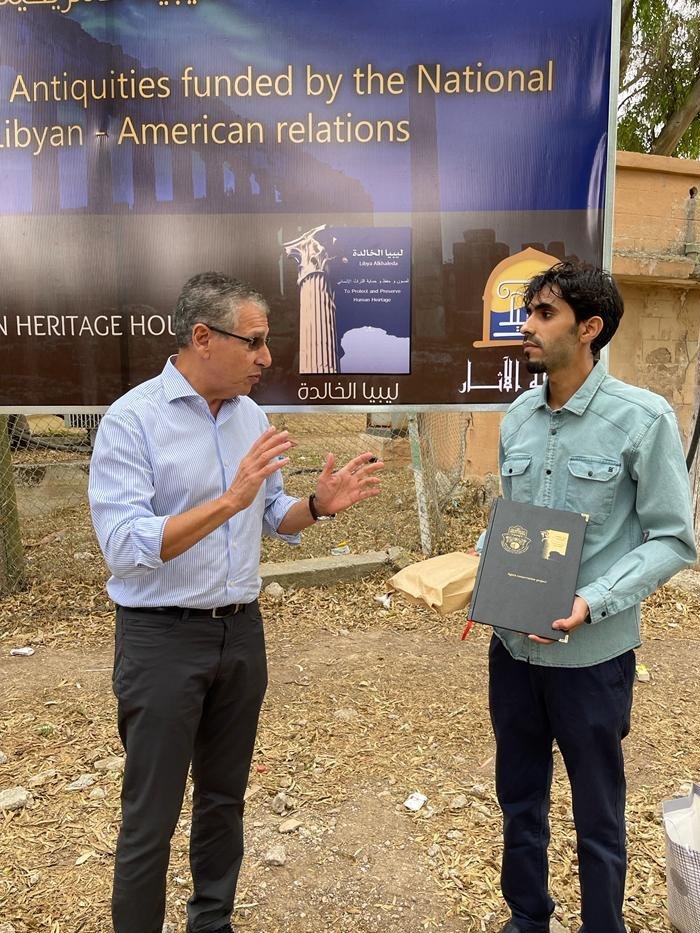
Dr. Shennib, Chairman of NCUSLR, Visiting the Site with the Eternal Libya Organisation
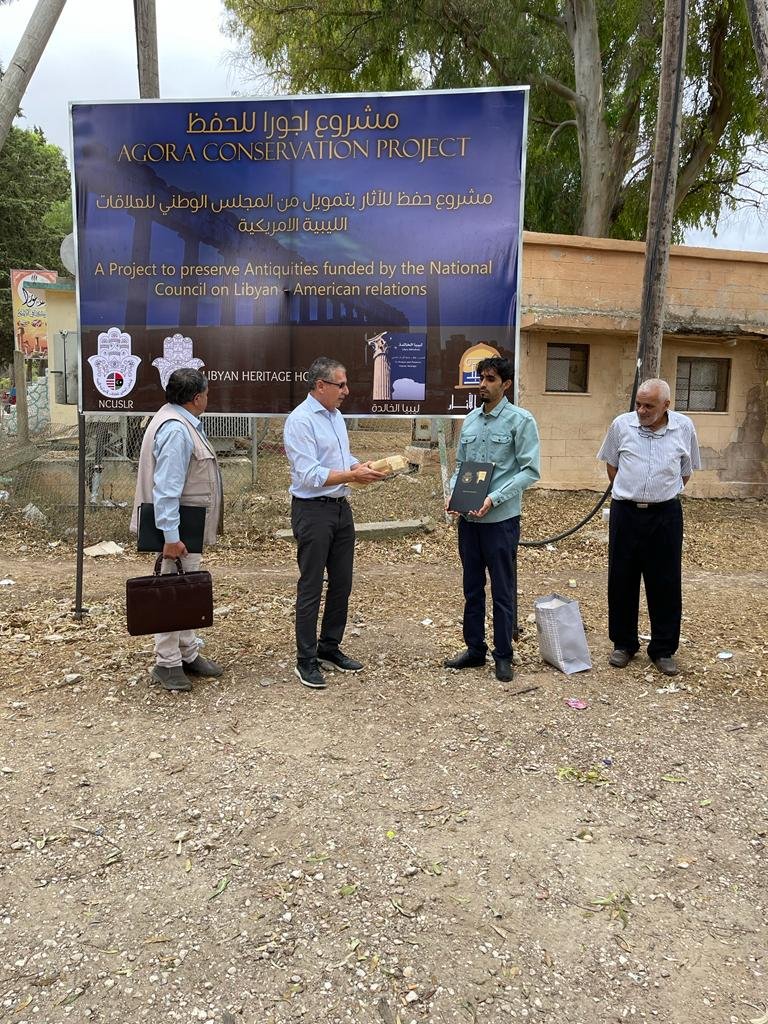
Dr. Shennib, Chairman of the NCUSLR, meeting with the Eternal Libya Organisation at the Agora of Cyrene to mark the commencement of the Conservation Project.

Waste pollution of the Agora at Cyrene
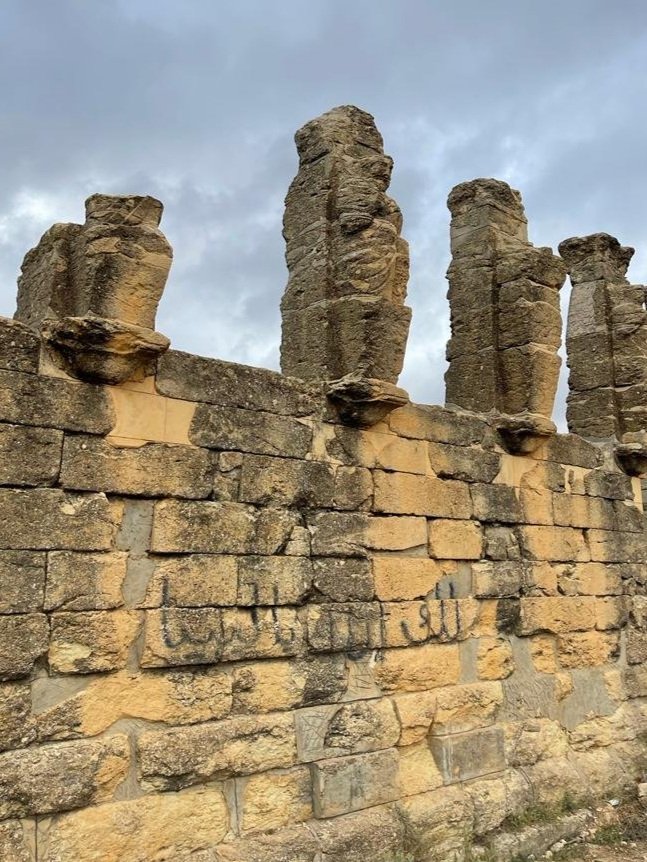
Vandalism at the Agora of Cyrenaica
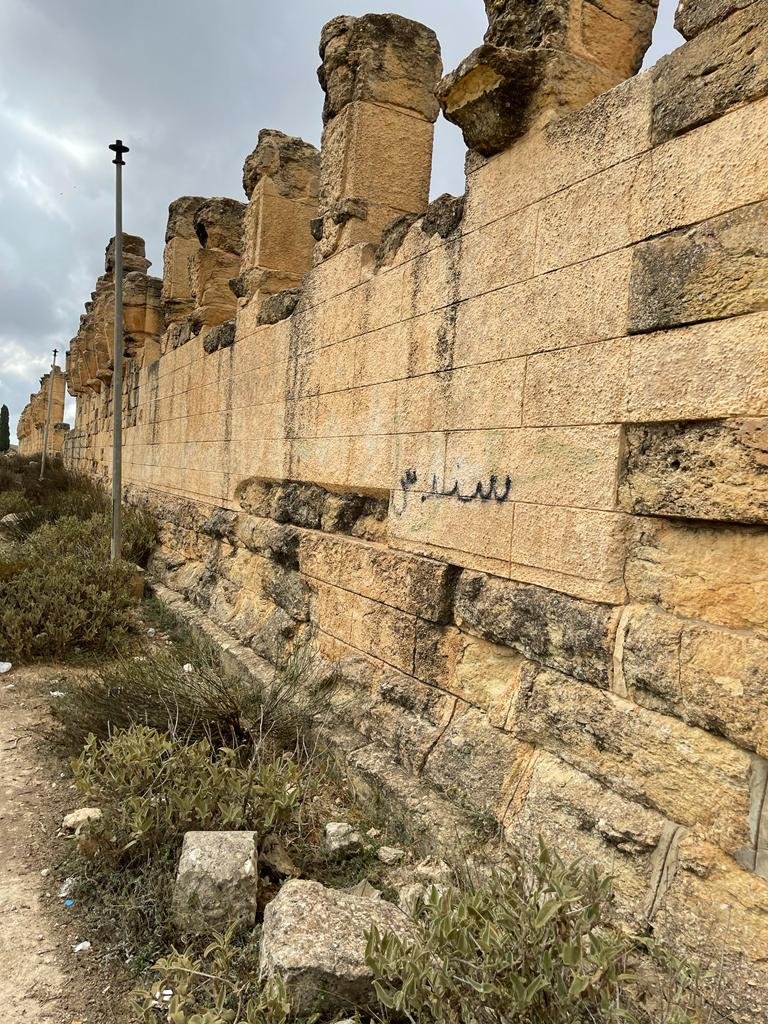
Vandalism at the Agora of Cyrene
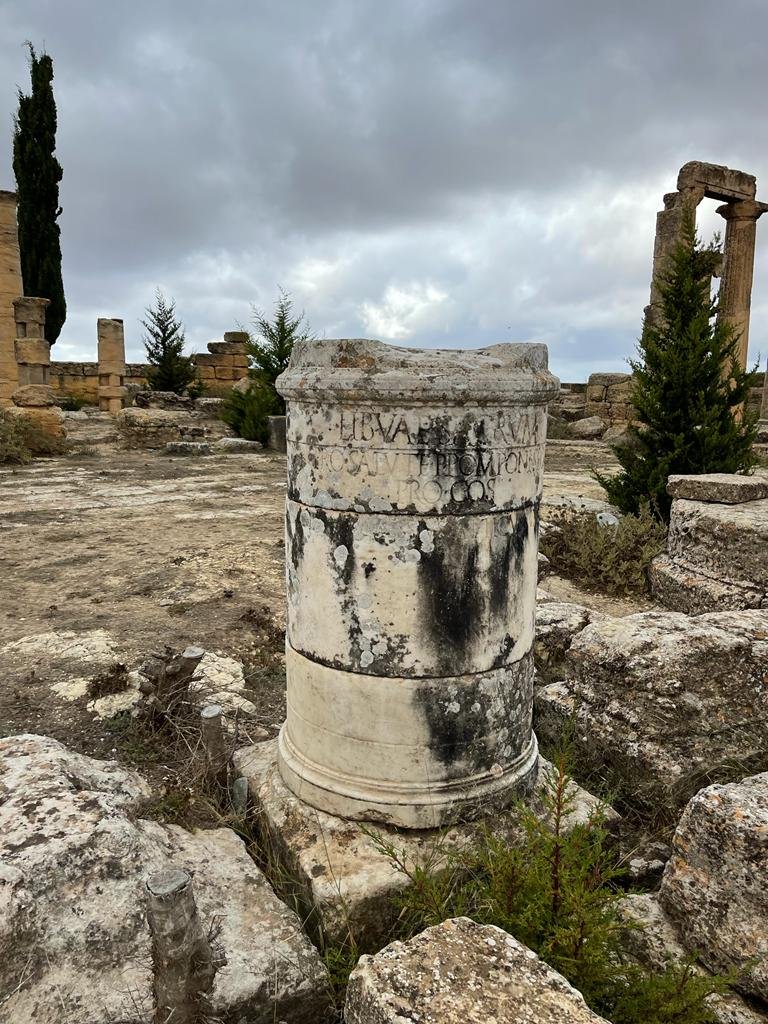
Effects of Environmental Pollution
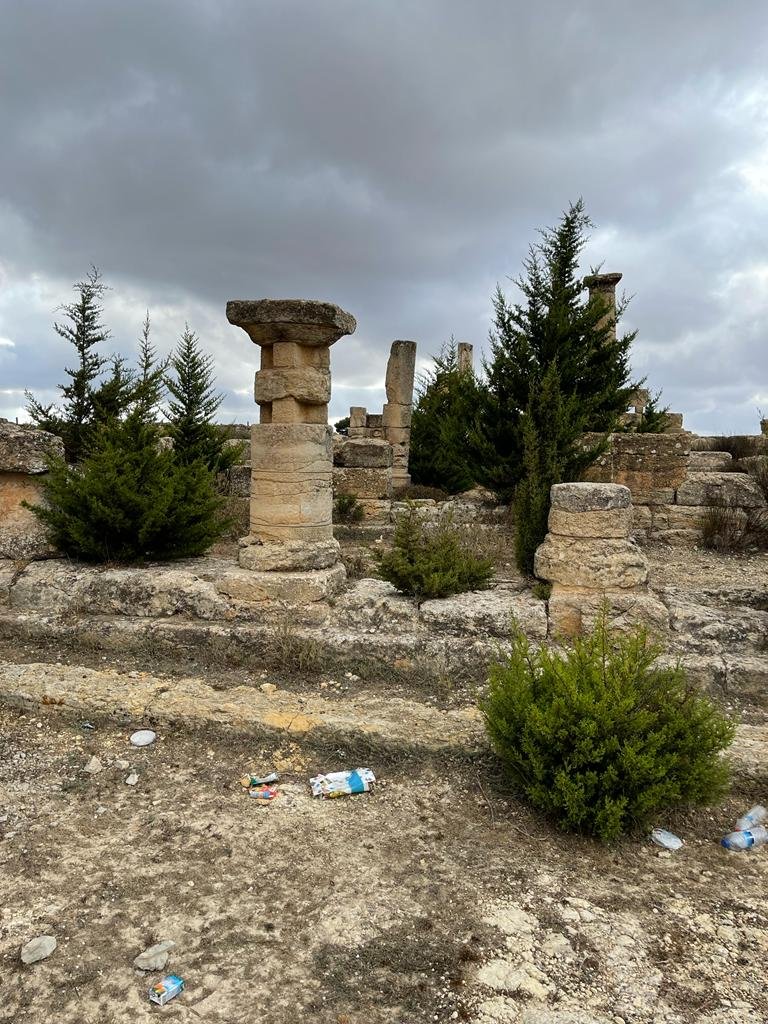
Garbage polluting the Agora

Preserving the Agora of Cyrene for future generations.
History of Cyrene
The archaeological site of Cyrene has long been considered one of the most important human heritage sites in the world and was designated a UNESCO world heritage site in 1982 (UNESCO ID 190).
According to Greek historical accounts contained in Herodotus’ Histories IV, Cyrenaica was founded in 631 BC as a settlement of Greeks from the island of Thera and developed quickly into the most important of the five primary cities of the North African extension of the Greek Empire, known as the Pentapolis and later became an important part of the Roman empire. The eastern Libyan province of Cyrenaica continues to use the name which it derived from the city of Cyrene over two millennia ago.
Prior to its destruction by a series of devastating earthquakes in the 4th century AD, Cyrene had grown into a city of incredible wealth, displayed in the numerous edifices of architectural and cultural significance (the remains of which are still visible amongst the archeological ruins of Cyrene, for posterity to study and marvel at). The Agora region of the city contained most of the major civic buildings, as well as shops, the theater, and temples, including the renowned temple of Apollo, constructed in the 7th century BC, the temple of Demeter, and the partially unexcavated temple to Zeus. Countless other remains of archeological significance including statues, pillars and inscriptions (which require further study), remain at the ruins of the Agora of Cyrene.


